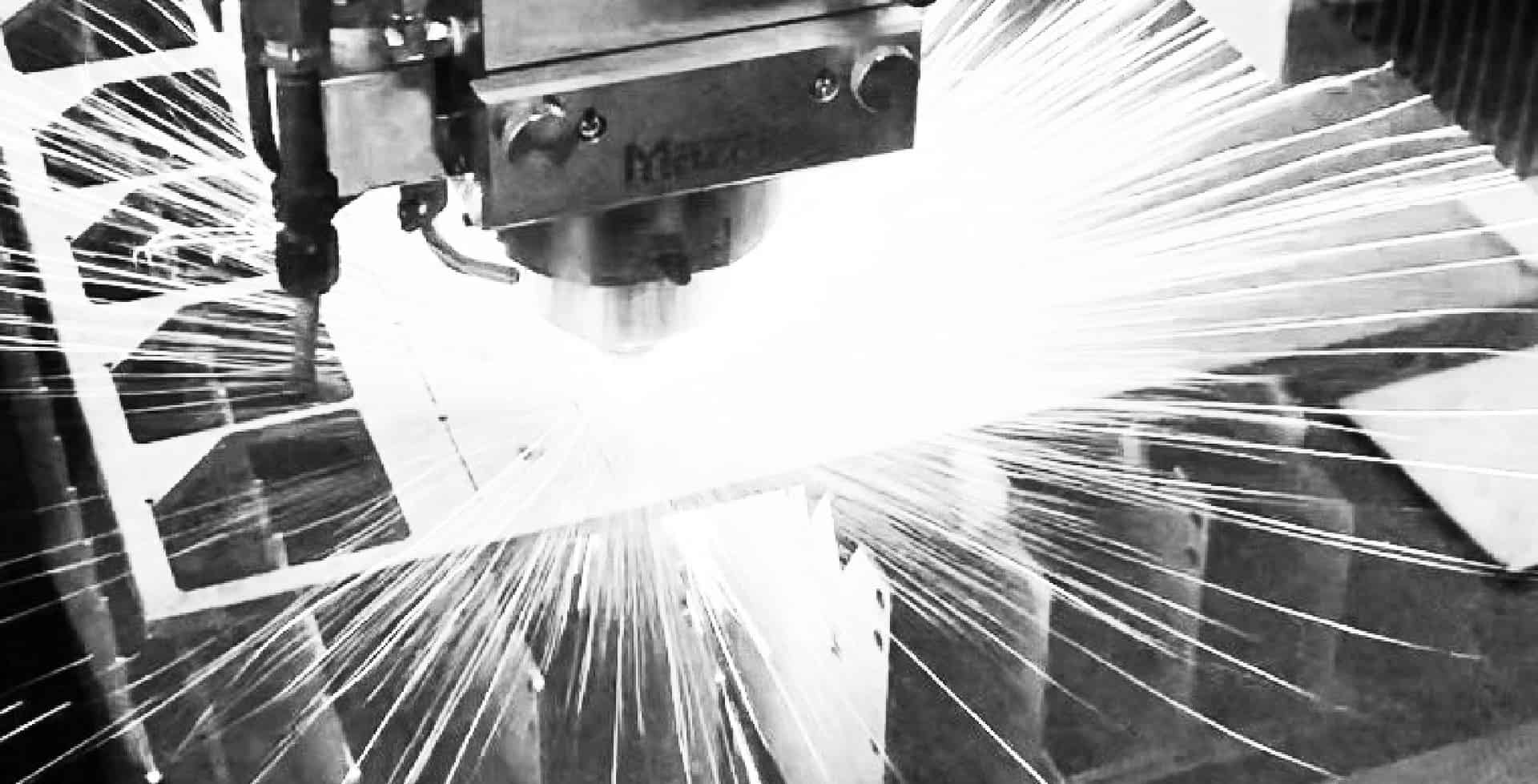Industrial Exhaust Stack manufacturers: From Spec to Stack

A significant amount of pre-planning must take place from design and fabrication to installation for exhaust stack manufacturers as part of your industrial dust collection system. Exhaust stack manufacturing is often part of an overall plant model, which determines the volume and exit velocity of air that can be discharged and the minimum elevation for that discharge. Building codes may also dictate minimum stack heights as related to adjacent buildings.
Considerations in designing a new stack
Exhaust stack manufacturers generally fabricate using steel, the most economical option. Several factors are critical in determining the design of a stack.
Volume: The most critical parameter for stack design is the volume of air that is being discharged. The volume will determine the stack diameter required to achieve the desired air exit velocity that is used in the modeling process.
Location: Stacks must be able to resist the prevailing wind and seismic loadings they will experience:
- Coastal regions would present higher wind loadings than inland locations.
- Exposures also influence wind loadings depending upon whether the location is in an urban area, on open terrain or in an area with hills.
- More active seismic areas would result in higher earthquake design forces.
Configuration: Stack diameters are based on a minimum exit velocity for dispersion; however, oftentimes the required height of the stack will result in a stack that requires special design considerations. Taller, slender stacks are more prone to excessive vibrations caused by dynamic wind load effects. To limit vibrations, designs may include aerodynamic methods like helical strakes or shrouds. Designs also may include damping to absorb energy, such as tuned mass dampers or preformed base fabric pads.
This video shows how helical strakes help to reduce vortex shedding.
Air Temperature: The type of steel (stainless, carbon, COR-TEN®) used in stack fabrication often will be dictated by the temperature of the air being discharged. For example, the strength and elasticity of carbon steel declines as air temperatures exceed a few hundred degrees Fahrenheit. In those cases, stainless steel is preferred as it performs better in temperatures up to and exceeding 1,000 degrees.
Testing: Test ports are often required to facilitate air testing at different elevations of the stack. Test platforms with caged ladders or stairs are then required for access. These platforms are considered a source of additional gravity, wind and seismic load when designing a stack.
Complying with air quality requirements
Stacks are an essential part of maintaining air quality emissions that are regulated for your facility. State Departments of Natural Resources determine throw regulations. Depending upon the amount of emissions, you may need to conduct modeling, which will include:
- A site map
- Proposed locations of the stack(s)
- Estimated stack height
- Discharge velocity
Modeling will assume a volume of air and a discharge elevation, which are provided to stack designers and fabricators. Models are complex and often costly, so a significant amount of pre-planning should take place to ensure modeling is done correctly.
Complying with OSHA’s new fixed access ladders regulations
In 2017, OSHA introduced new rules to increase safety on raised walking surfaces, such as walkways and fixed ladders. IVI is up to date on recent OSHA regulations and understands the new requirements for fixed ladders.
If you are unfamiliar with the new rule, its primary focus is on having a fall protection system, other than a cage, for fixed ladders with a fall distance of more than 24 feet. As of November 19, 2018, new fixed ladders, including those being replaced, must include an updated ladder safety system. Within these fixed access ladders regulations, OSHA is giving companies until November 18, 2036, to install a safety system that fits the new compliance, regardless of when the fixed ladders were installed.
IVI industrial exhaust stack manufacturers
At IVI, we design, fabricate and install many sizes of industrial ventilation stacks—our exhaust stack manufacturing has ranged from 2 feet to almost 20 feet in diameter. We build stacks, as well as access platforms, with a variety of structural steel, including carbon, stainless and COR-TEN. IVI also designs and builds foundations.
Our staff of professional engineers design for wind and seismic loadings and to maintain air quality emissions per the provisions of ASCE 7 (Minimum Design Loads for Buildings and other Structures) and IBC (International Building Code) The design analysis for stacks is done in accordance with ASTM STS-1, Steel Stacks.
Contact IVI to learn more about our work as industrial exhaust stack manufacturers.